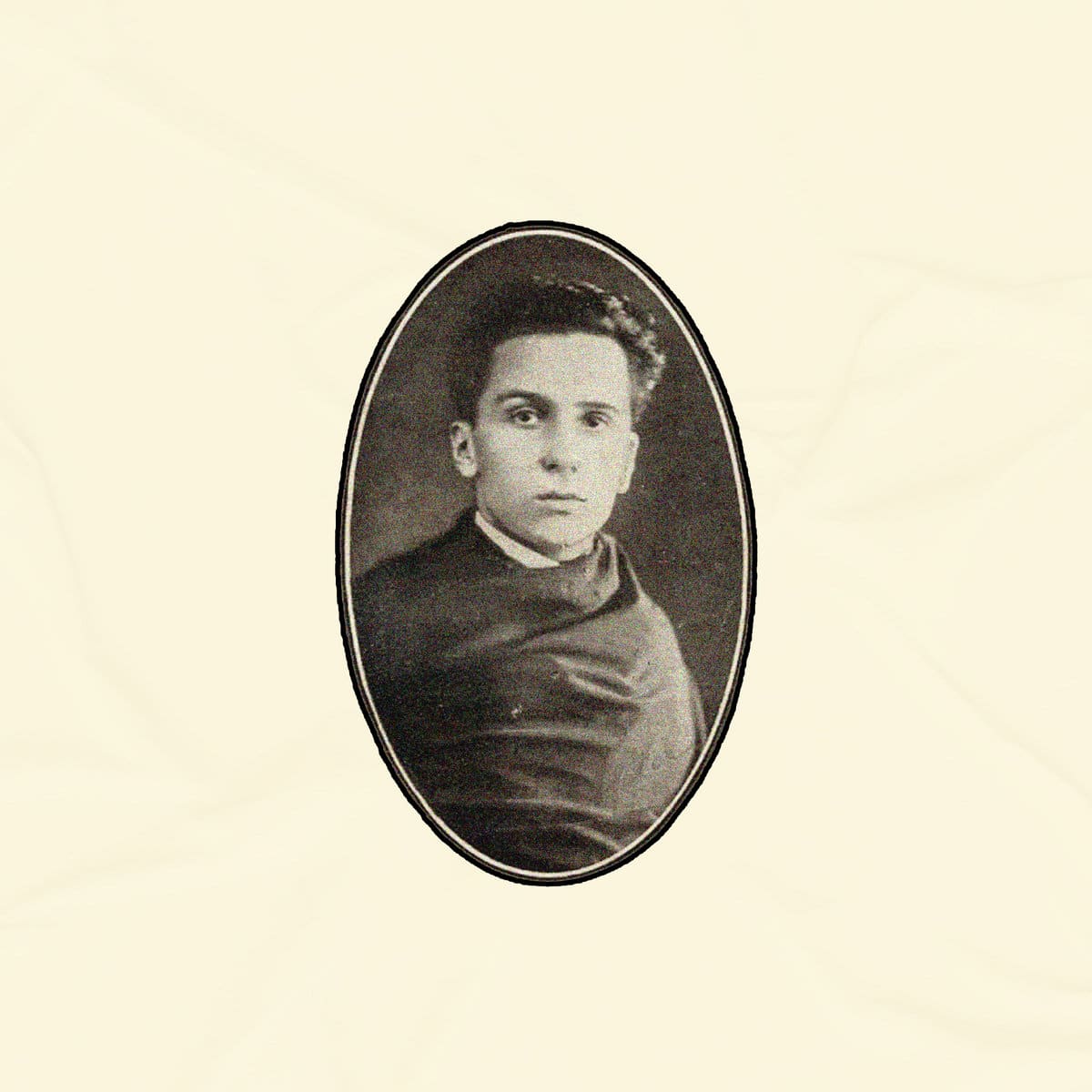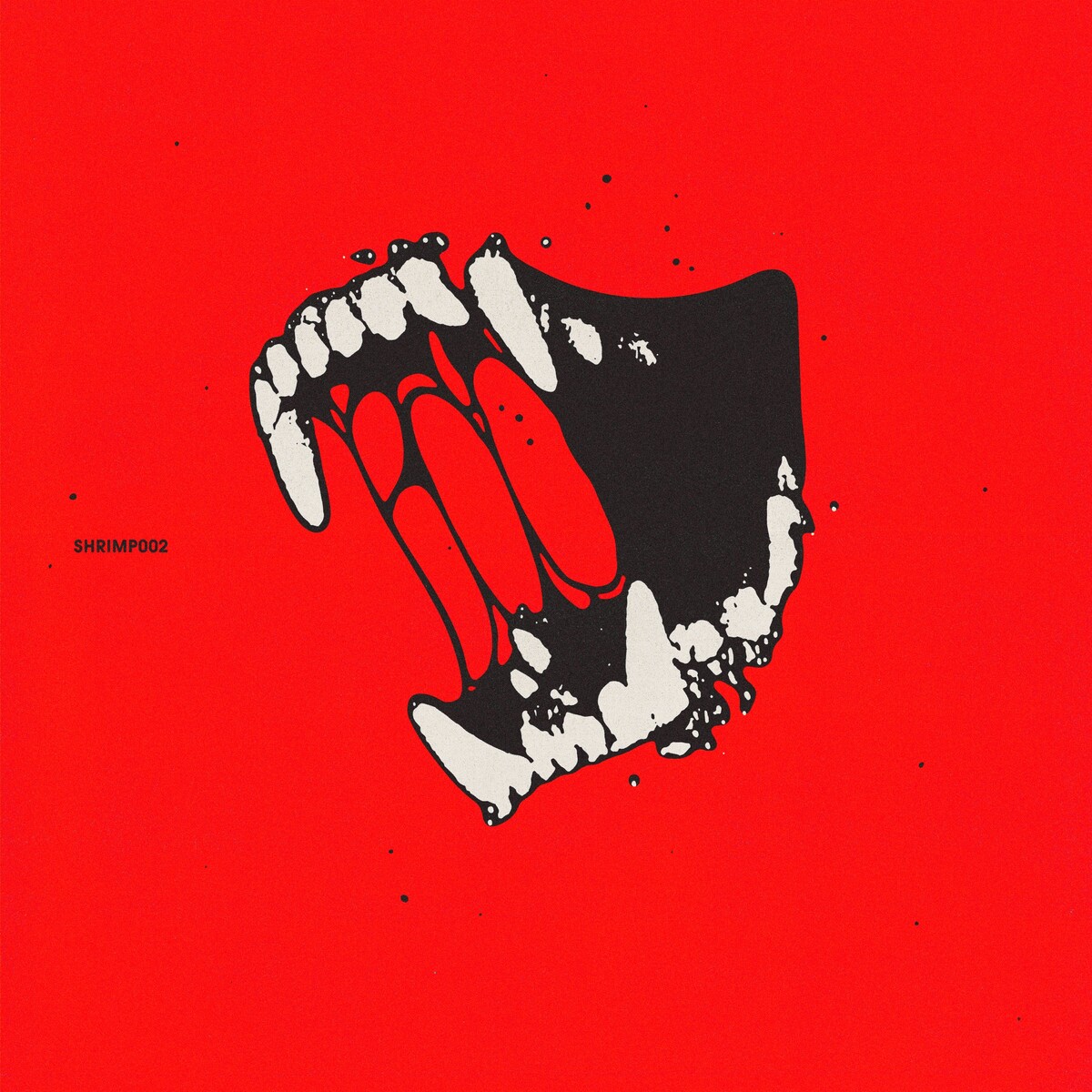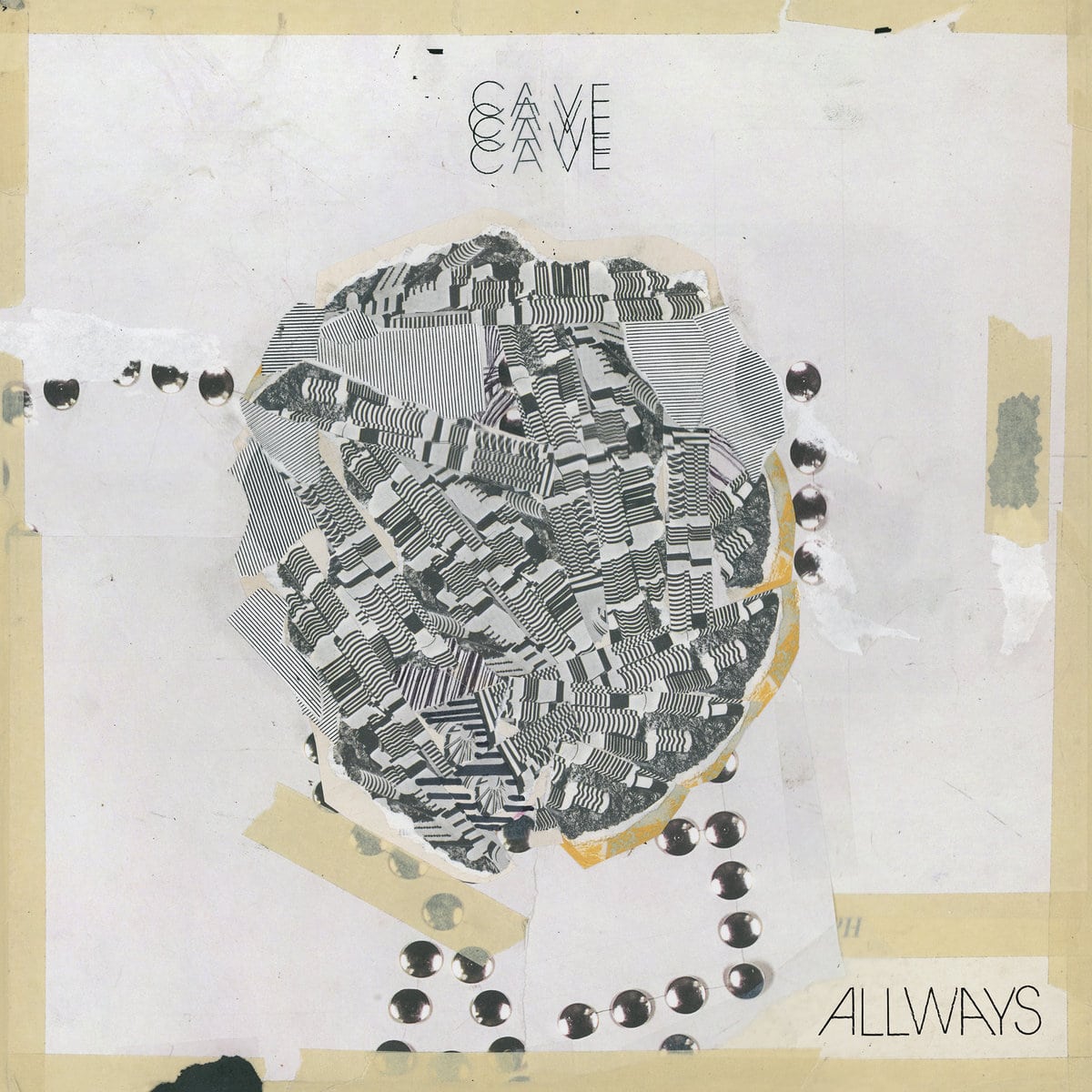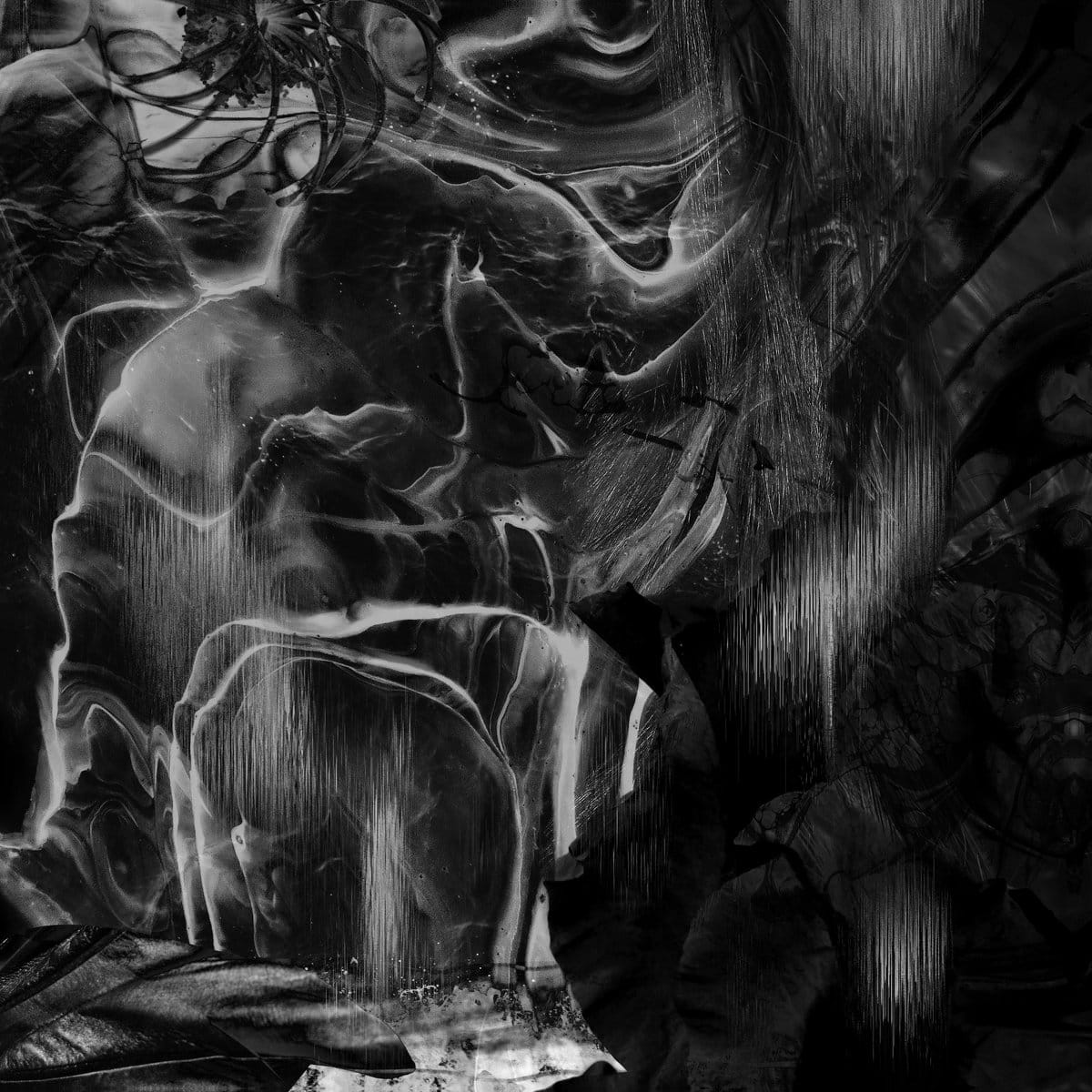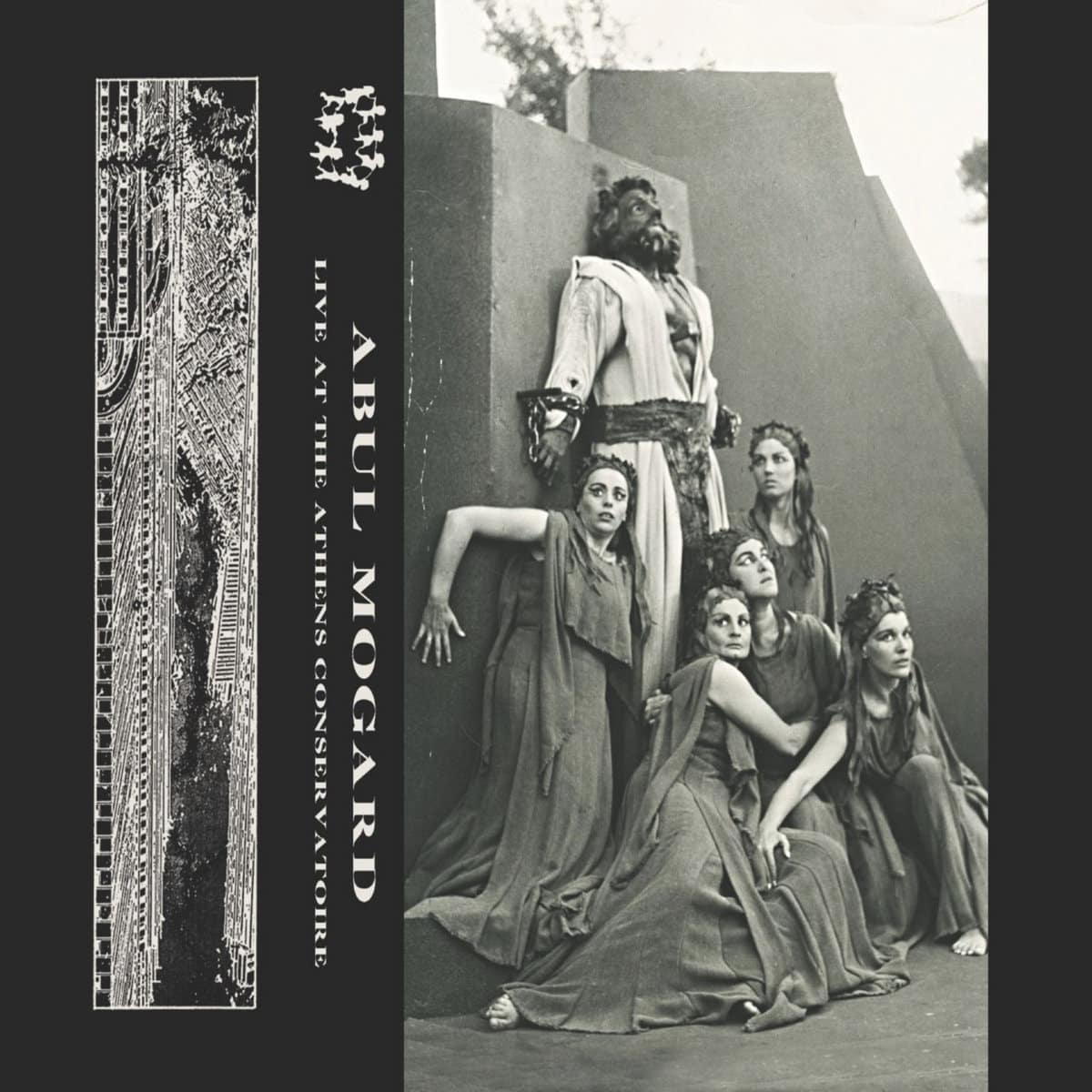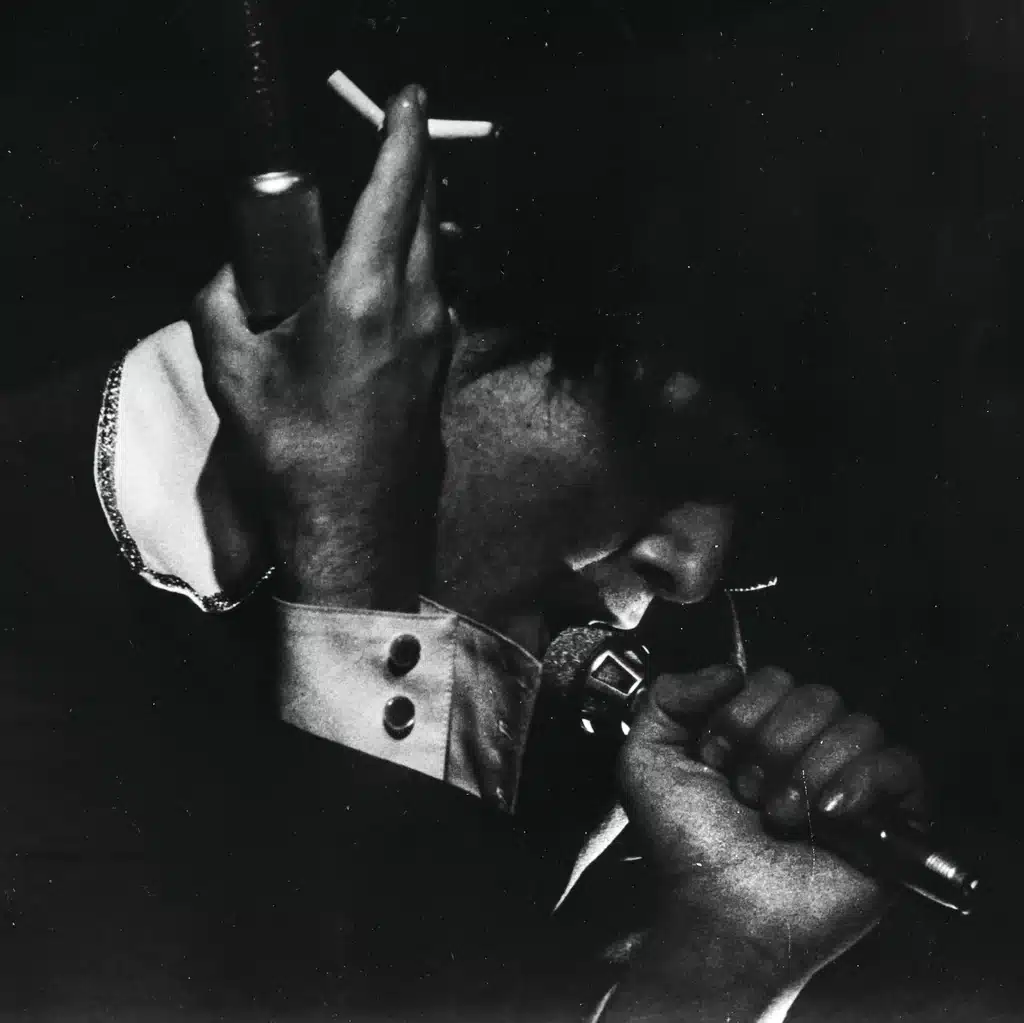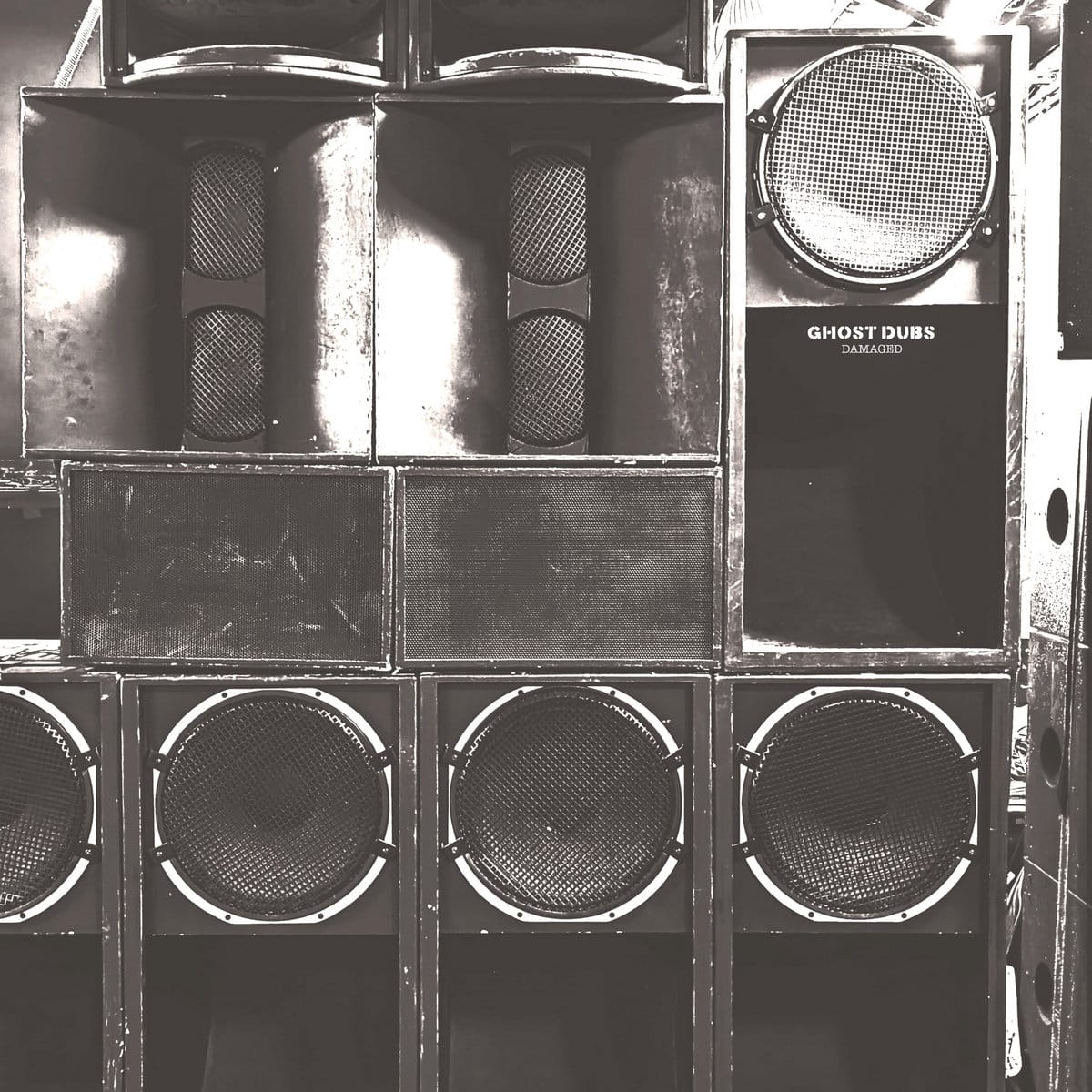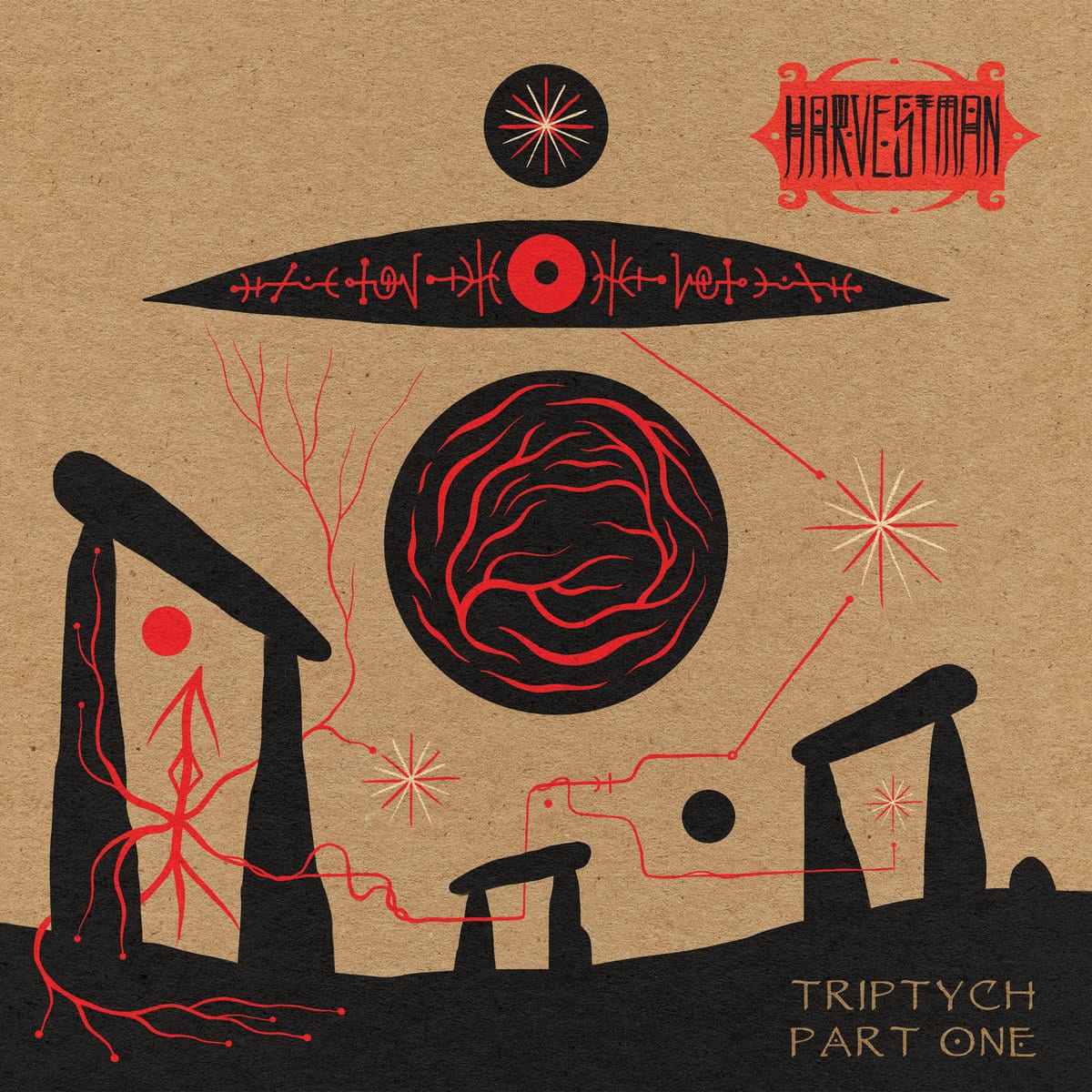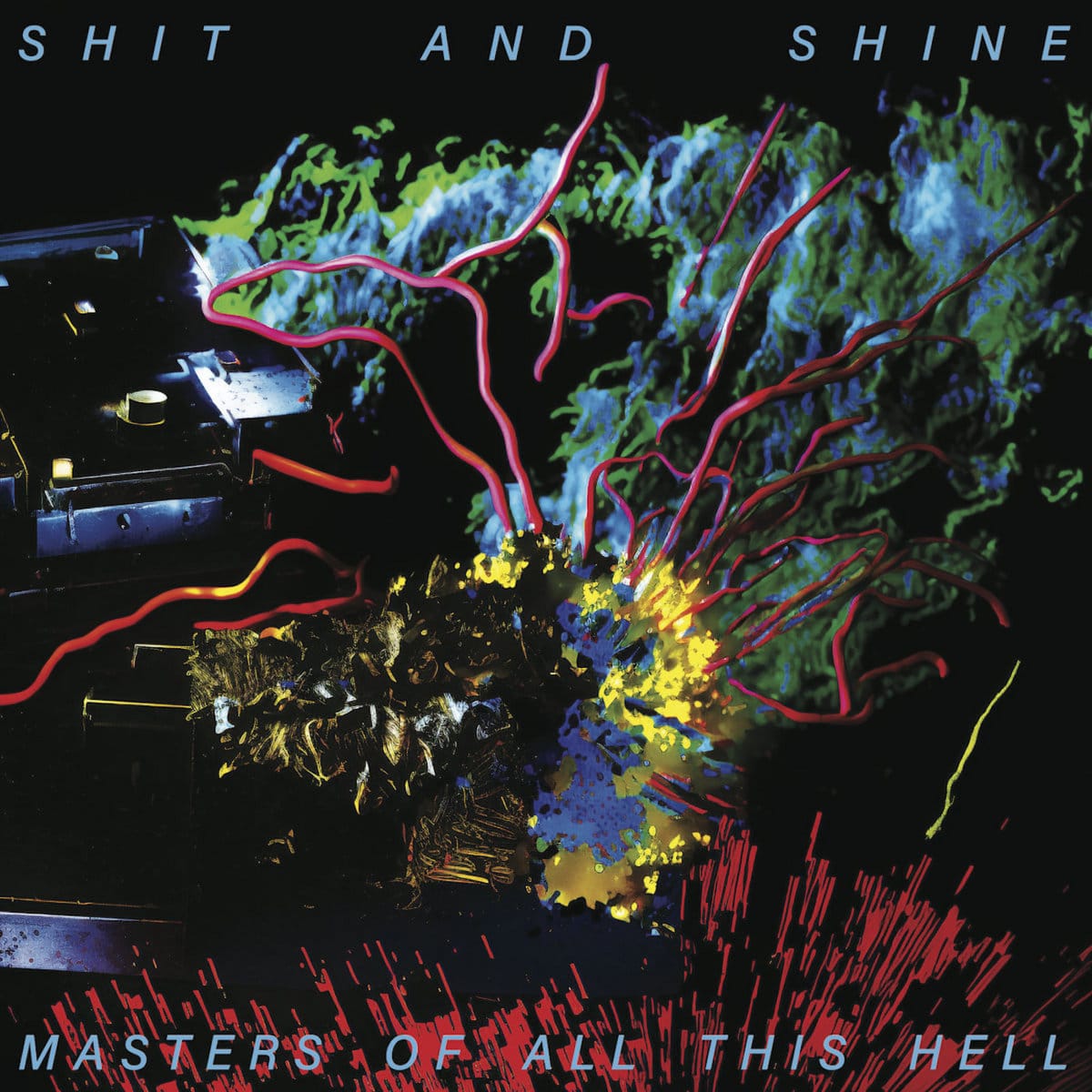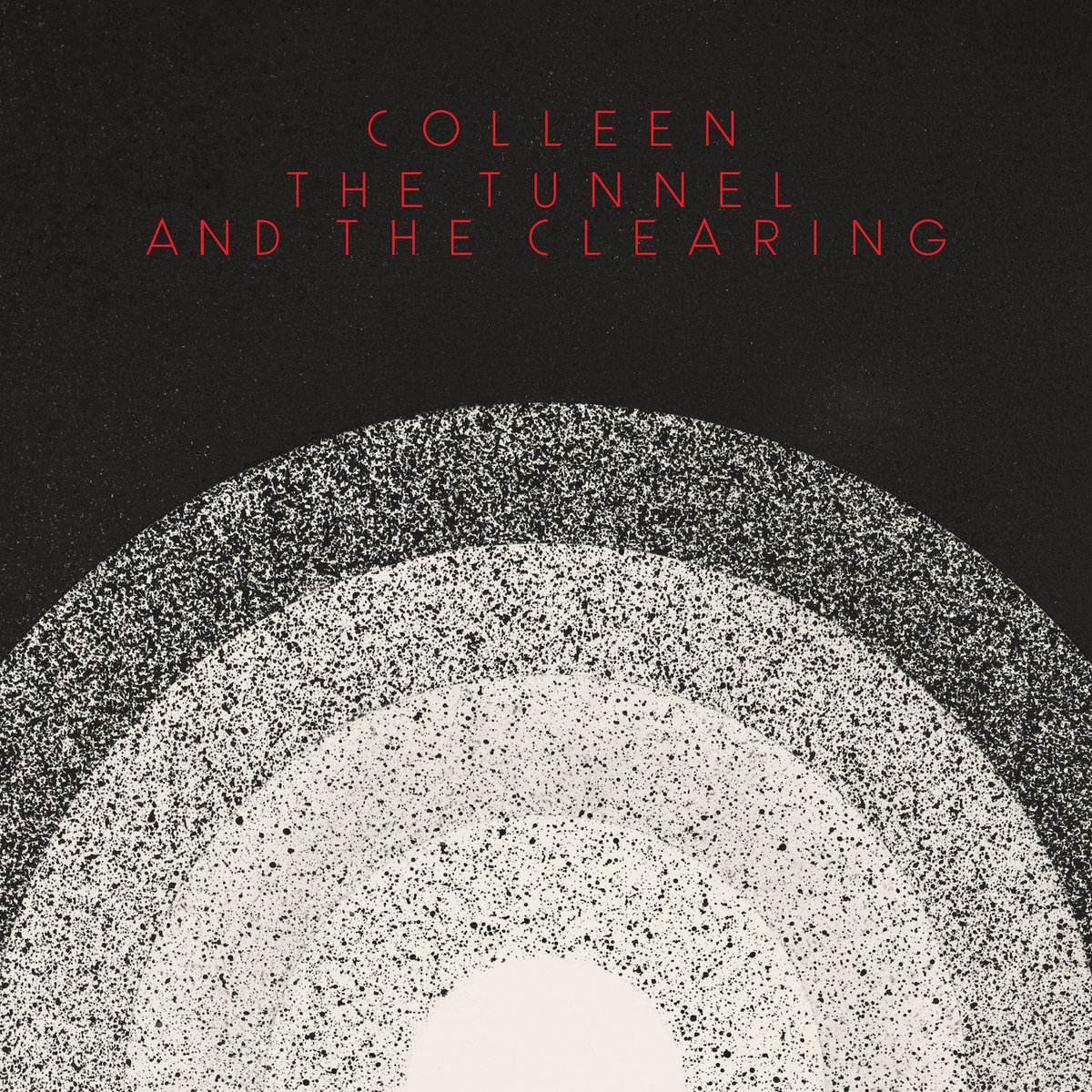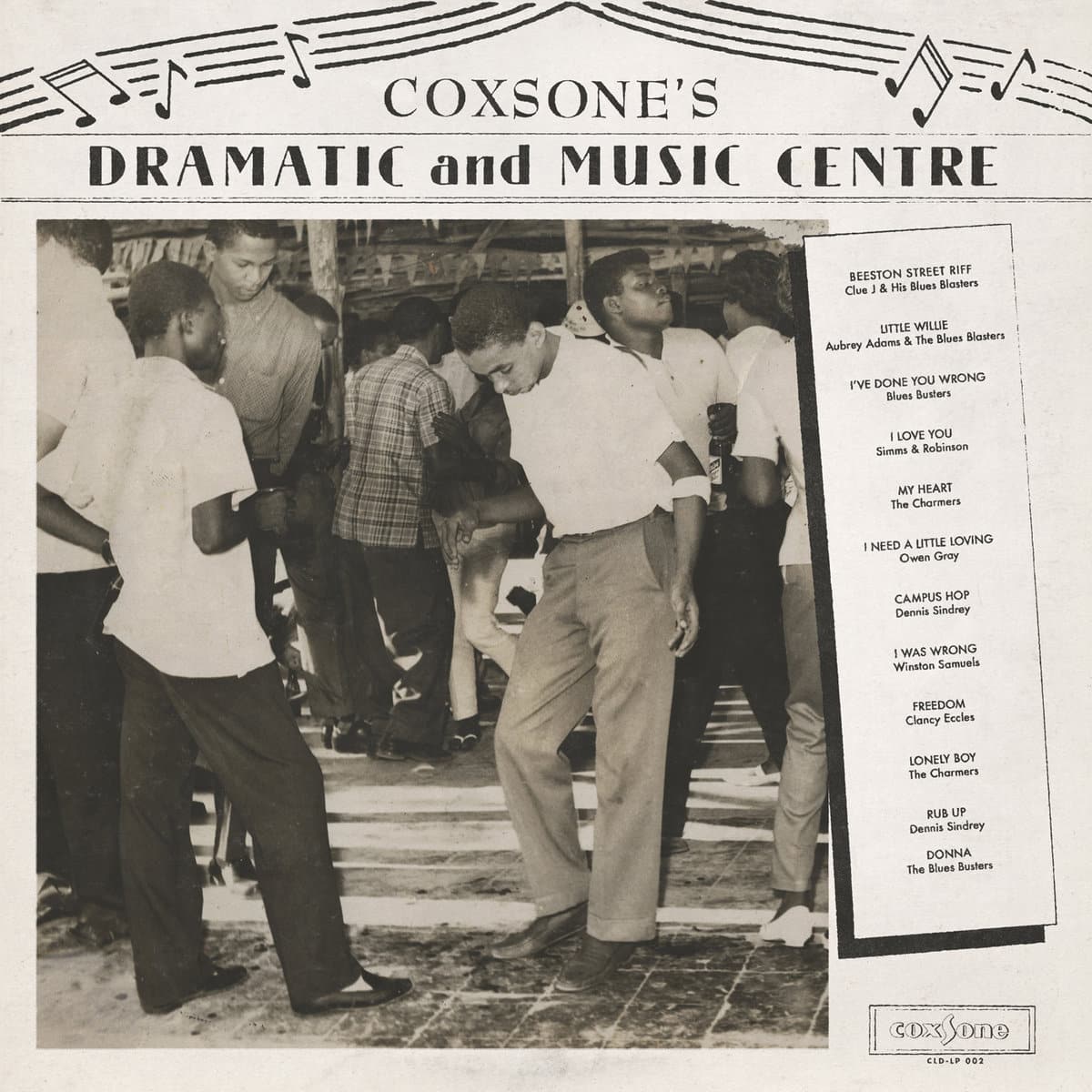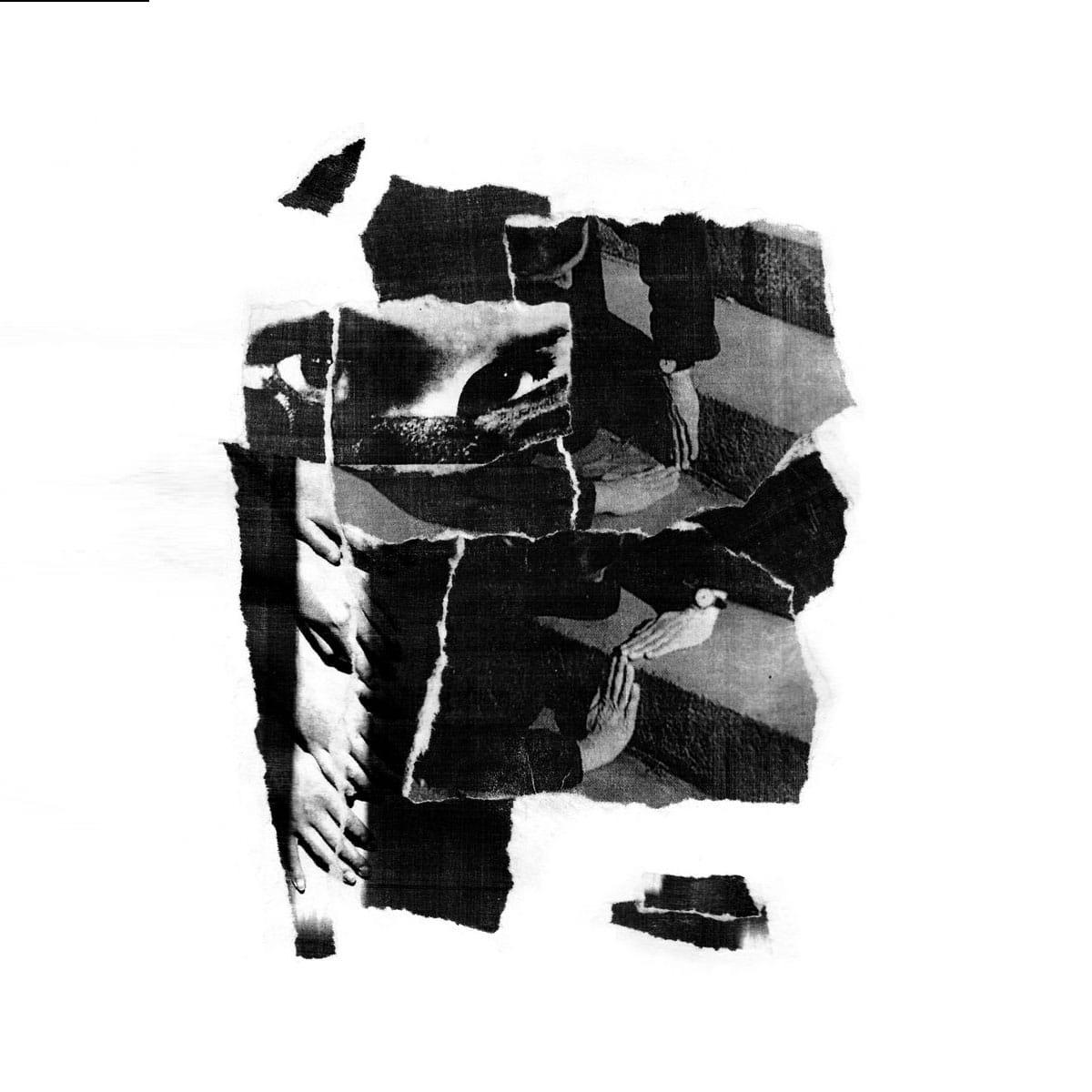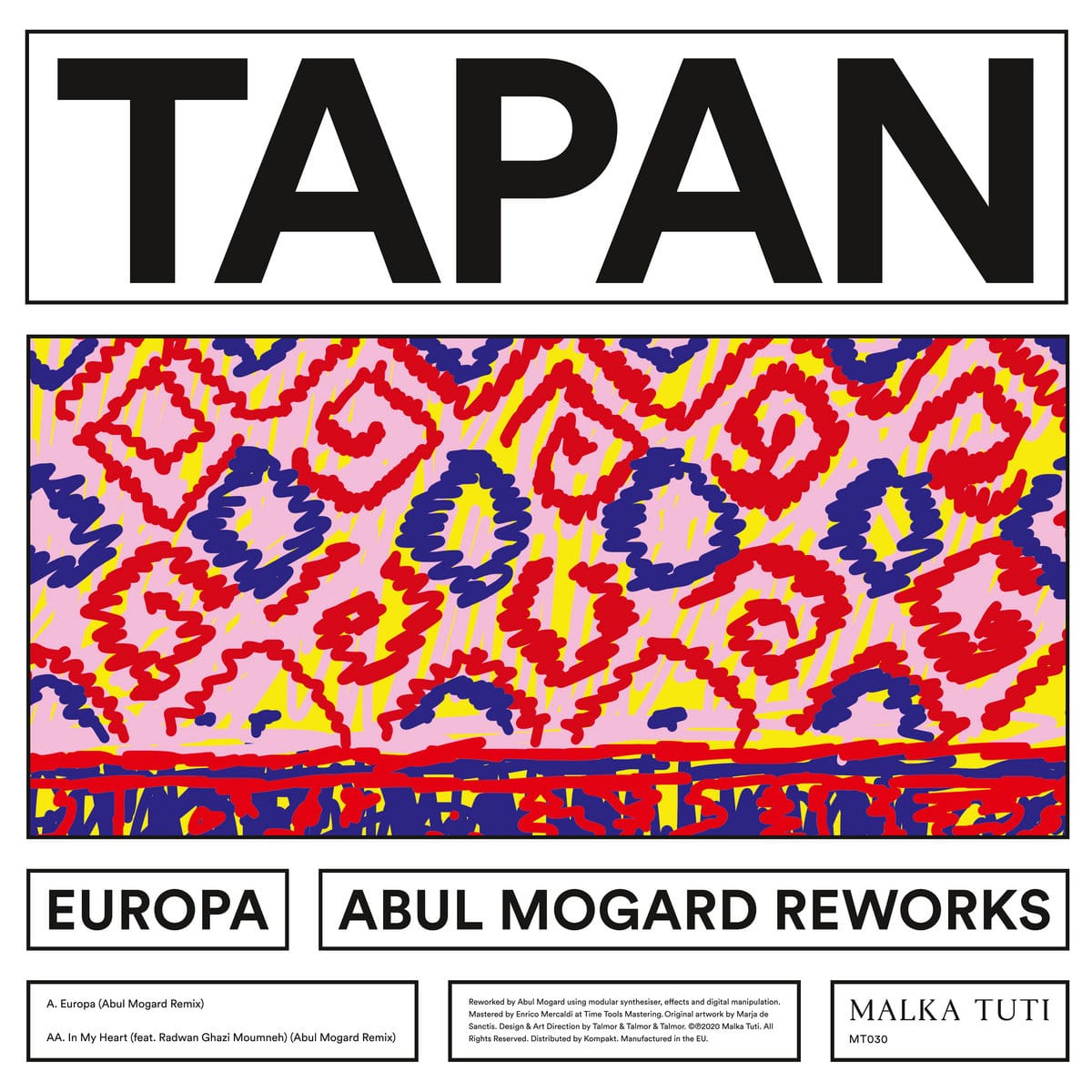Orson Hentschel – Facade ...

 Album Info
Album Info
Only six months after his sophomore album, which has showcased a “tense repetition of short phrases, often building big, dramatic pieces starting with a single stuck-in-the-machine sound” (Decoder) and an “analogue cyber trip-hop of an impressive depth of focus as an acoustic furniture for an apocalypse lounge” (Groove), Hentschel returns with a two-piece EP showcasing yet another aspect of his musical spectrum. While the first two albums featured only instrumental tracks, “Facades” are the first two pieces in which Orson Hentschel works with text as a main musical element for his composition, although he approaches vocals from a rather particular perspective.
For Hentschel, the spoken word is always music and thus not different than any other instrumental input or sound layer. Consequently, he is only interested in the sound of the spoken words on Facades, but not in any content they convey. The idea for Facades was born at a time when Hentschel was struggling with a writer’s block for several days in a row. He realised that just writing about nothing was the only honest way for him to express himself through text as a medium. After doing some research on the subject he found John Cage’s “Lecture on nothing” which has appeared in the book “Silence” (1961). This encouraged him to work out his idea and he wrote a German text which then Danhee Joe, an accidental acquaintance of his, translated into Korean and spoke with her warm voice. Thus Orson Hentschel used the text in the same way as he uses any sound material – it is transformed into something else, it is being alienated. The spoken words are embedded in repetitive and minimal-minded electronic sound layers which even penetrate primordial technoid territories. However, sticking to his trademark long arcs of suspense, the listener has to wait until the last two minutes of the second track for the first, cathartic beat.
Soon Over Babaluma

an observation platform.
 relative
relative
